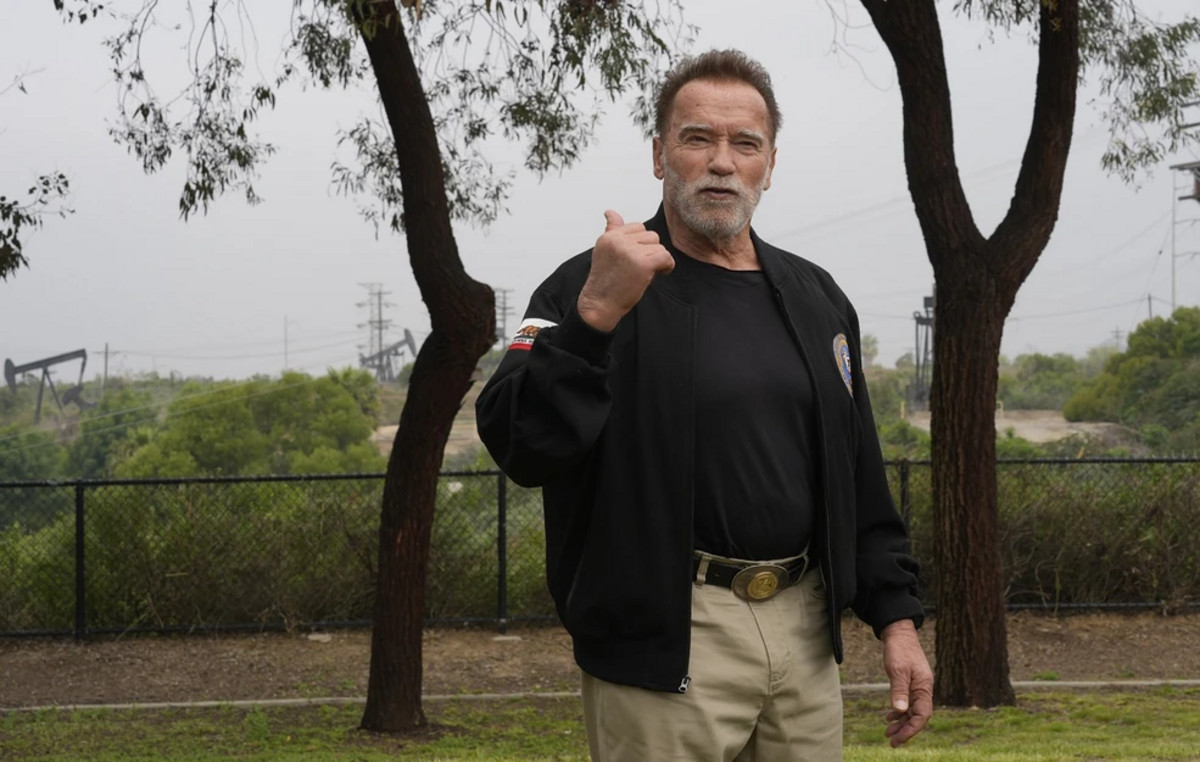COP30 in Belém is scheduled for November, but the movement in the region has started a long time ago. Many positive initiatives are already underway and the construction of an agenda for the implementation of bioeconomics is part.
With this in mind, a study by USP in partnership with the National Amazon Research Institute (INPA) investigated the governance of public policy in bioeconomics in the state of Amazonas, analyzing its structure and implementation arrangements. The goal was to understand how a public policy in the area relates to local efforts and suggests more effective ways to do so.
“The intention is to create a dynamic that facilitates the formulation of rules and the definition of implementation arrangements capable of ensuring that national policy translates into concrete practices and results at subnational and local levels, benefiting socioeconomic development with environmental conservation of territories”, Vanessa Cuzziool Pinsky, researcher at the Faculty of Economics, Administration, Accounting and Actuária (FEA-USP), conducted the study.
State policy, not government
In such a system, the lessons learned throughout the process make it possible to improve the elaboration of rules and goals, considering the challenges, the successful experiences and the errors to avoid. This requires a participatory and multilevel governance structure, as well as articulation with existing sectoral policies, in order to contemplate economic interests often divergent. “It is essential that all this will give up on the formulation of a state agenda and not government, as many excellent initiatives are discontinued each time one ruler group is replaced by another,” emphasizes Jacques Marcovitch, Emeritus Professor at USP and study supervisor.
Among the recommendations of this work include the creation of a system of metrics and goals, with result and impact indicators, the definition of sustainable financing mechanisms and the institutionalization of bioeconomics as long-term transverse policy. These measures aim to ensure the perpetuity of initiatives and attract investments to the region. “Bioeconomics presents itself as a viable alternative to combine socioeconomic development and environmental conservation in the Amazon, but its success depends on an effective, participatory and resistant governance system,” argues Marcovitch.
Productive knowledge networks
Pinsky says that the concept of “productive knowledge networks” guided the research. This concept considers that the sustainable use of natural resources, the collection and cultivation of family farmers and traditional peoples are structuring pillars of productive chains in the territories. Such a model prioritizes the conservation or regeneration of ecosystems in harmony with the way of life of local communities, traditional knowledge and small -scale family production practices, often organized in associations and cooperatives.
“The valorization of traditional knowledge, the effective involvement and the protagonism of indigenous peoples and local communities are indispensable for the promotion of policy in bioeconomics. Improving quality and adding value to sociobiodiversity products, considering the sustainable use of the forest, the generation of employment and income and well-being of communities, are structuring bases for the formulation of regional development policies in the Amazon.” Researcher.
“Bioeconomics is a promising socioeconomic approach that reconciles environmental conservation with employment and income generation, reducing poverty and inequality. The articulation of a national policy with coordination at the state level and implementation at the local level is strategic to foster the development of a circular, regenerative, low-carbon and inclusive bioeconomic, centered on human welfare and conservation. Ecosystems, ”summarizes Marcovitch.
The research was financially supported by FAPESP, through the project Productive chains based on biodiversity for job and income generation in the states of Amazonas and São Paulocoordinated by Professor Marcovitch, and can be accessed in full here.
This content was originally published in a study suggests metrics and goals system for bioeconomics on the CNN Brazil website.
Source: CNN Brasil
I’m James Harper, a highly experienced and accomplished news writer for World Stock Market. I have been writing in the Politics section of the website for over five years, providing readers with up-to-date and insightful information about current events in politics. My work is widely read and respected by many industry professionals as well as laymen.







